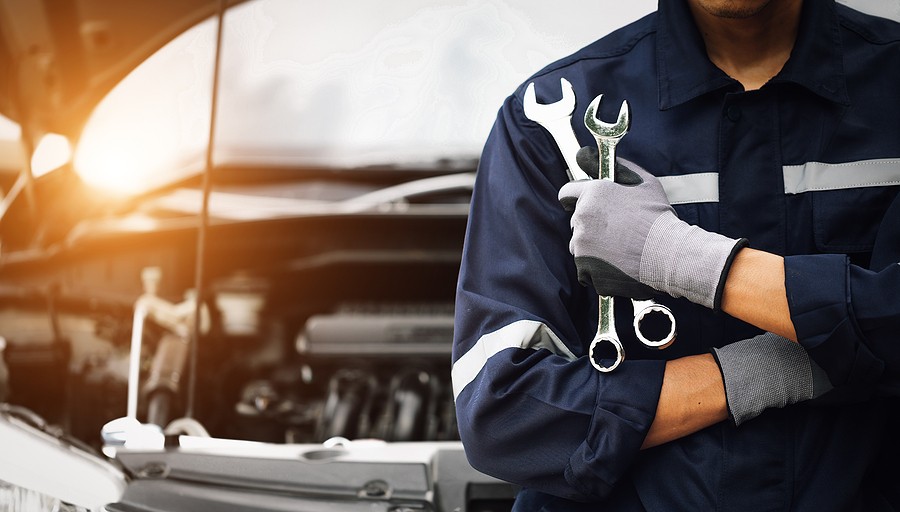Heavy machinery is an essential part of many industries, from construction to mining, and it plays a vital role in the smooth functioning of these operations. However, one of the most significant challenges faced by heavy machinery operators is the issue of undercarriage damage. This type of damage can occur due to a variety of reasons and can lead to significant downtime and costly repairs. In this article, we will discuss the causes of undercarriage damage, the signs to look out for, and ways to prevent it.
What Causes Undercarriage Damage?
There are several causes of undercarriage damage, and some of the most common include:
- Improper operation: Heavy machinery must be operated by trained and skilled operators. If the operator is not familiar with the machine's capabilities or uses it in an improper manner, it can lead to undercarriage damage.
- Improper maintenance: Regular maintenance is crucial for the proper functioning of heavy machinery. If the machine is not properly maintained, it can lead to undercarriage damage.
- Extreme working conditions: Heavy machinery is often used in harsh environments, such as in mining or construction. These environments can be tough on the machine, leading to undercarriage damage.
- Overloading: Heavy machinery is designed to carry a specific amount of weight. If the machine is overloaded, it can lead to undercarriage damage.
- Wear and tear: Heavy machinery is subject to a lot of wear and tear. Over time, this can lead to undercarriage damage.
Signs of Undercarriage Damage
It's essential to be aware of the signs of undercarriage damage so that it can be addressed quickly. Some of the signs to look out for include:
- Leaks: If there are leaks in the undercarriage, it's a sign that there may be damage.
- Unusual noises: If the machine is making unusual noises, it's a sign that there may be damage to the undercarriage.
- Reduced performance: If the machine's performance is reduced, it's a sign that there may be damage to the undercarriage.
- Uneven wear: If the undercarriage wear is uneven, it's a sign that there may be damage.
- Vibrations: If the machine is vibrating more than usual, it's a sign that there may be damage to the undercarriage.
Preventing Undercarriage Damage
Preventing undercarriage damage is crucial to keep heavy machinery running smoothly and to avoid costly repairs. Some ways to prevent undercarriage damage include:
- Proper operation: It's essential to ensure that the machine is operated by trained and skilled operators.
- Regular maintenance: Regular maintenance is crucial for the proper functioning of heavy machinery.
- Avoid extreme working conditions: If possible, avoid using heavy machinery in harsh environments.
- Proper loading: Ensure that the machine is not overloaded.
- Use quality components: Use quality components that are designed for heavy machinery.
- Use the right size and type of undercarriage : Use the right size and type of undercarriage for the machine and the job at hand.
- Inspect the undercarriage regularly: Regularly inspecting the undercarriage will help identify any issues early on.
FAQs
-
What are the most common types of undercarriage damage in heavy machinery?
- The most common types of undercarriage damage in heavy machinery include wear and tear, improper operation, and extreme working conditions.
-
How often should I inspect the undercarriage of my heavy machinery?
- It is recommended to inspect the undercarriage of your heavy machinery on a regular basis, at least once a month or more frequently depending on the usage and working conditions of the equipment.
-
What are the most important things to check during an undercarriage inspection?
- During an undercarriage inspection, it is important to check for signs of wear, such as uneven wear, cracks or deformations, and check for any loose or missing parts.
-
How can I extend the life of my heavy machinery's undercarriage?
- To extend the life of the undercarriage of your heavy machinery, it is important to use quality components, operate the machine properly, maintain it regularly and avoid extreme working conditions.
-
Is it necessary to replace the entire undercarriage or just the damaged parts?
- In most cases, it is possible to replace just the damaged parts of the undercarriage rather than the entire undercarriage. However, it is best to consult with a professional to determine the best course of action.
-
Can undercarriage damage cause other problems in the heavy machinery?
- Yes, undercarriage damage can cause other problems in the heavy machinery such as reduced performance, leaks, and unusual noises.
-
How can I choose the right size and type of undercarriage for my heavy machinery?
- To choose the right size and type of undercarriage, it is important to consider the machine's weight capacity, the types of jobs it will be used for, and the working conditions.
-
Are there any warning signs that my heavy machinery's undercarriage is about to fail?
- Warning signs that the undercarriage of your heavy machinery is about to fail include leaks, unusual noises, reduced performance, uneven wear, and vibrations.
-
Can undercarriage damage be covered by warranty?
- It depends on the warranty of the heavy machinery and the cause of the undercarriage damage. It is best to consult with the manufacturer or supplier to determine if the undercarriage damage is covered by warranty.
-
Is it possible to repair undercarriage damage or do I always have to replace it?
- Undercarriage damage can often be repaired, but it depends on the severity of the damage. It is best to consult with a professional to determine if the undercarriage can be repaired or if it needs to be replaced.
Conclusion
In conclusion, undercarriage damage is a significant concern for heavy machinery operators. By understanding the causes of undercarriage damage, being aware of the signs to look out for, and implementing ways to prevent it



